![图片[1]-Revolutionizing Pest Control in Agriculture: How Agri-Drones are Reshaping Precision Farming-msoen](https://www.msoen.com/wp-content/uploads/2025/04/4e0d9ec2ca214327-576x1024.jpg)
Pest outbreaks remain a critical threat to global agriculture, causing an estimated 20–40% annual crop loss despite heavy reliance on chemical pesticides. Traditional methods like manual spraying or blanket pesticide applications are inefficient, costly, and contribute to environmental degradation and pest resistance. Enter agri-drones for pest control—smart, AI-driven drones that deliver targeted interventions, transforming how farmers combat pests while promoting sustainability. This article explores how these drones work, their benefits, challenges, and their role in building resilient farming systems.
- What Are Agri-Drones for Pest Control?
Agri-drones are specialized unmanned aerial vehicles (UAVs) equipped with advanced sensors, cameras, and pesticide delivery systems. Unlike conventional drones, they integrate AI-powered analytics to detect pest hotspots, assess infestation severity, and apply treatments with millimeter precision. Key features include:
- Multispectral imaging: Identifies pest damage, larval nests, and stressed vegetation invisible to the naked eye.
- Variable-rate nozzles: Adjust pesticide application based on real-time data, minimizing waste.
- Obstacle navigation: Maneuvers around trees, trellises, and dense crop canopies.
- Swarm compatibility: Coordinated fleets for large-scale operations.
- Advantages Over Traditional Pest Control Methods
A. Precision and Reduced Chemical Usage
Blanket pesticide sprays often harm beneficial insects and lead to resistance. Drones target only infested areas, cutting chemical use by 30–50%. For example, a drone can treat a 10-acre field with soybean aphids, avoiding neighboring pollinator habitats. B. Speed and Efficiency
Manual inspections and spraying take days. Drones map and treat 50+ acres per hour, even in dense fields. Early detection of pests like the fall armyworm enables rapid intervention, preventing yield losses of up to 50%. C. Enhanced Data-Driven Insights
Drones generate heatmaps and infestation reports, helping farmers prioritize treatments and track progress over time. D. Accessibility for Remote and Complex Terrain
In hilly regions or densely planted orchards, drones reach areas inaccessible to tractors or workers.
- Applications in Pest Management
A. Real-Time Pest Monitoring
Drones patrol fields daily, alerting farmers to early signs of pests like spider mites or whiteflies. AI algorithms flag high-risk zones, reducing reliance on manual scouting. B. Targeted Pesticide Application
Species-specific programming ensures treatments align with pest biology. For instance, drones can deliver insect growth regulators to disrupt the life cycle of fruit flies. C. Organic Pest Control
Compatible with biopesticides (e.g., Bacillus thuringiensis), drones support organic certification by eliminating synthetic chemicals. D. Integrated Pest Management (IPM)
Combine drone data with ground traps to create holistic strategies, balancing chemical and biological controls.
- Challenges and Solutions
A. High Initial Costs
Drones range from $2,000 to $10,000. Solution: Leasing models or government subsidies for smallholders. B. Technical Complexity
Requires training to operate and interpret data. Solution: Partner with agritech providers for hands-on workshops. C. Regulatory Hurdles
Airspace restrictions vary globally. Solution: Collaborate with local aviation authorities to obtain permits. D. Battery Limitations
Most drones operate 20–30 minutes per charge. Solution: Use solar-powered charging stations or swarms for extended coverage.
- Future Innovations
The agri-drone sector is advancing rapidly with:
- AI-powered pest recognition: Drones that identify species via image analysis, reducing human error.
- IoT integration: Syncing drones with weather stations and soil sensors for optimal timing.
- Biological pesticide delivery: Encapsulated biopesticides released via drones to enhance efficacy.
- Best Practices for Implementation
- Start small: Pilot drones on high-value crops (e.g., strawberries or tomatoes).
- Prioritize safety: Follow no-fly zones and maintain visual line-of-sight.
- Combine with ground scouting: Use drones for initial scans, then validate with manual checks.
- Monitor environmental impact: Test soil and water quality post-treatment to ensure compliance with sustainability goals.
Conclusion
Agri-drones for pest control are redefining sustainable agriculture by merging precision technology with eco-conscious practices. By reducing chemical reliance, enhancing yields, and empowering farmers with real-time data, these drones address one of the most pressing challenges in food production. As costs decline and regulations adapt, agri-drones will likely become indispensable tools for building resilient, climate-smart farms worldwide.
Final Thought: Pest control isn’t just about eradication—it’s about nurturing ecosystems. Agri-drones prove that innovation can protect both crops and the planet.

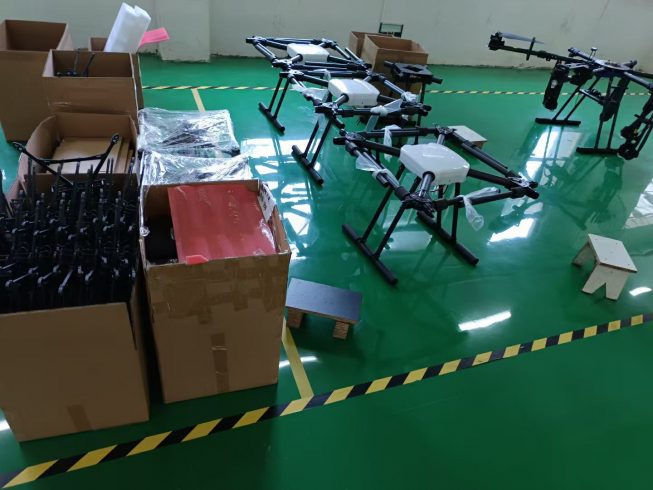
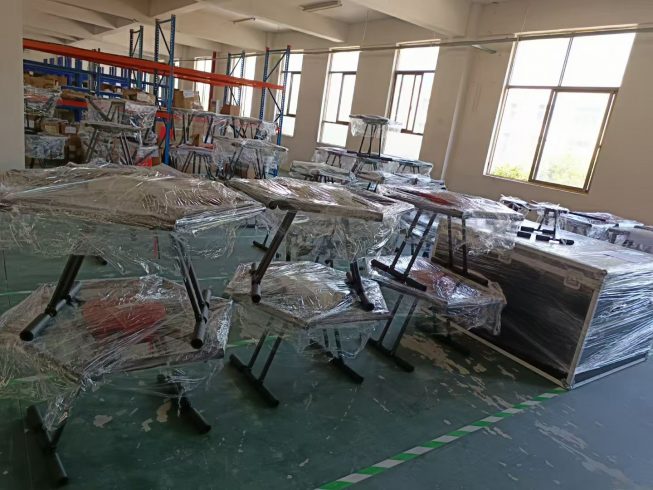

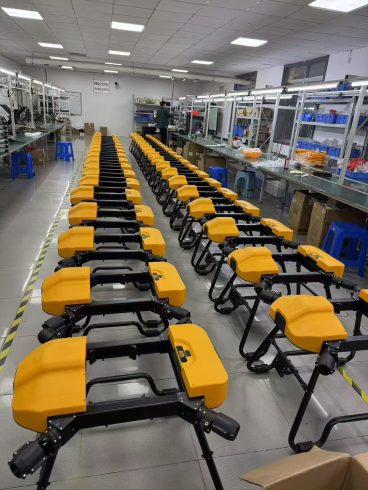
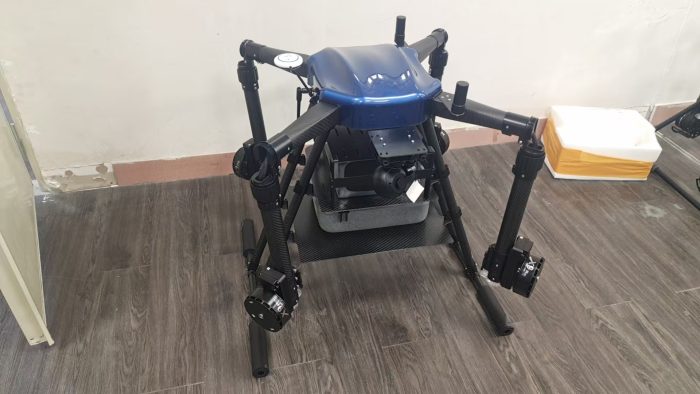

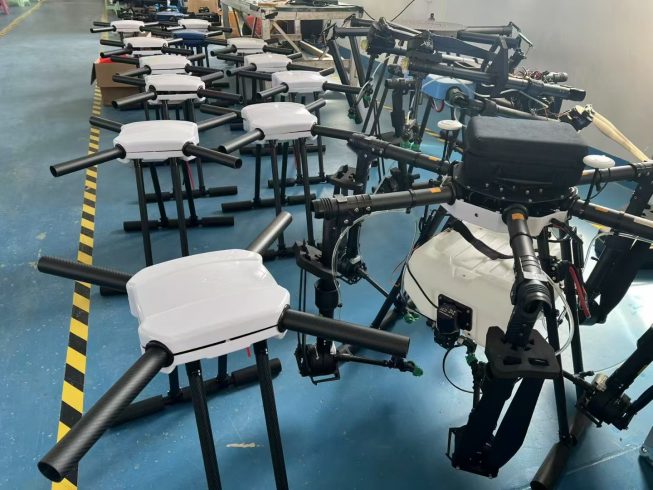
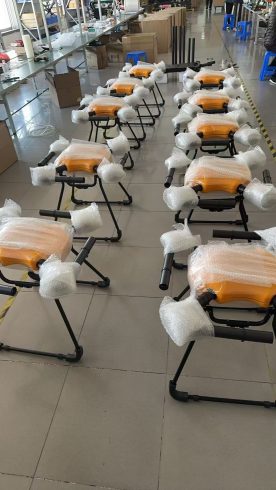
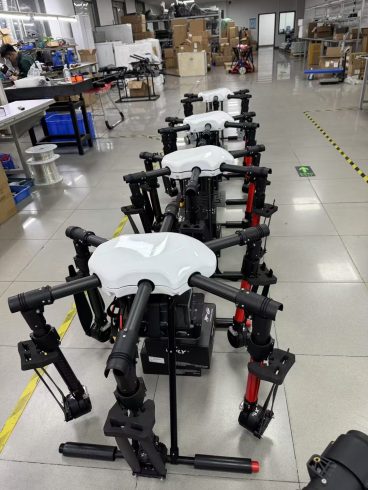
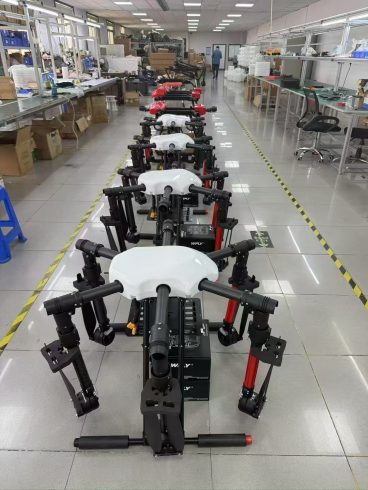

暂无评论内容